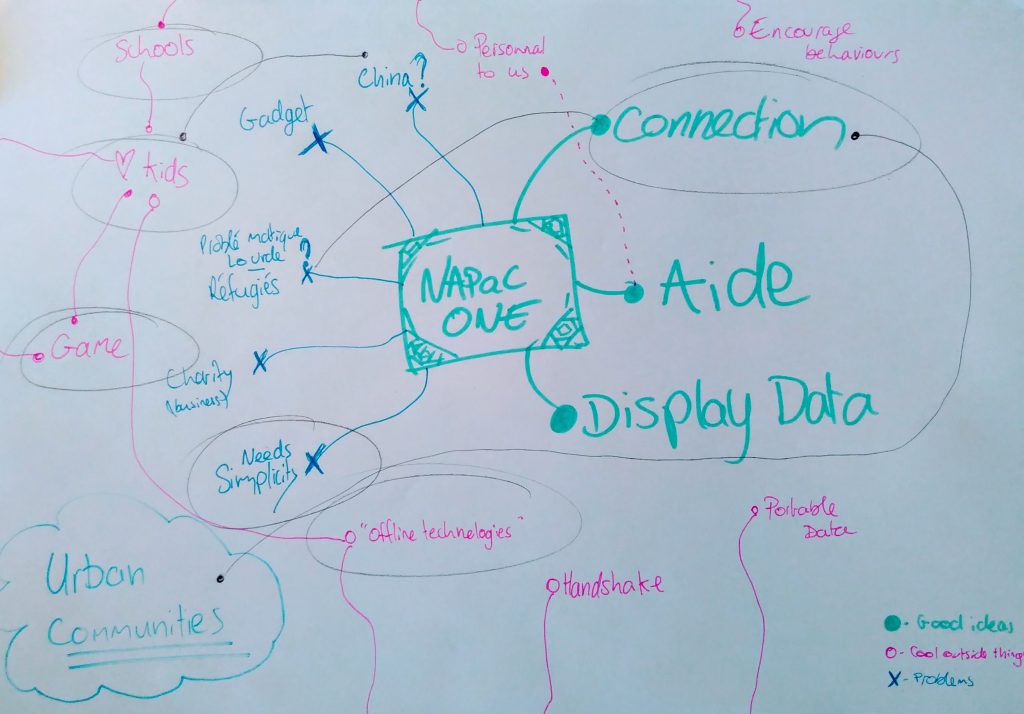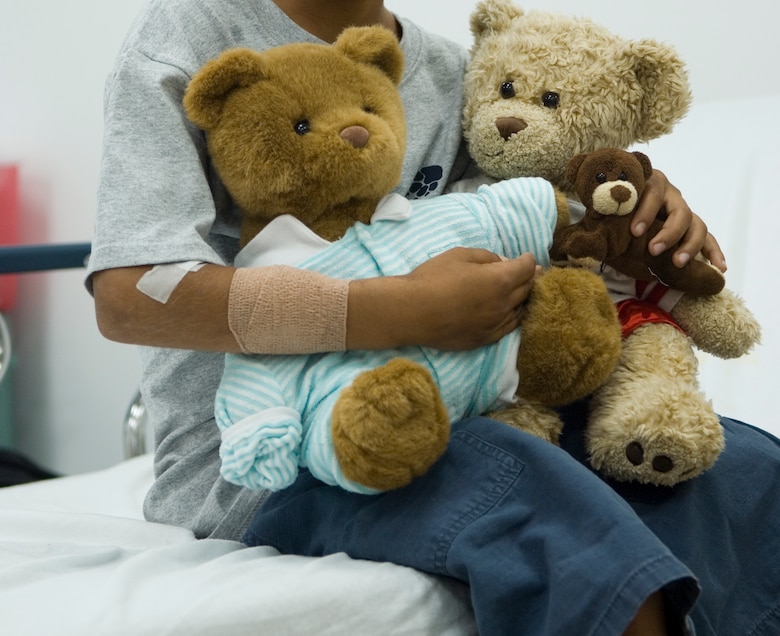With Milestone 1 behind us, we needed some time to sit back and reflect on what we had done. The NAPaC One project was developed for a milestone, but none of us felt this project was something we were passionate about. During the past few weeks, we have been brainstorming individually and in groups about what we really wanted to do.
 We reflected on what we liked and disliked about our first idea, and what was blocking our progress. For example, we loved the refugees help theme but felt like with our team and CHIC framework, we couldn’t find anything that would really help. After all most connected objects are expensive and refugees first have very basic needs (water, food,shelter) to be fulfilled. Our idea for charity was quite disconnected from the refugees reality and although we loved the idea of raising awareness and funds, it was still a difficult problem, especially for the business side. We had more ideas for refugees related to connectivity, medical relief, helping children, etc. but these ideas wouldn’t satisfy everyone in the team: after all if the designer or computer scientist couldn’t contribute it wouldn’t be a good project in the CHIC context.
We reflected on what we liked and disliked about our first idea, and what was blocking our progress. For example, we loved the refugees help theme but felt like with our team and CHIC framework, we couldn’t find anything that would really help. After all most connected objects are expensive and refugees first have very basic needs (water, food,shelter) to be fulfilled. Our idea for charity was quite disconnected from the refugees reality and although we loved the idea of raising awareness and funds, it was still a difficult problem, especially for the business side. We had more ideas for refugees related to connectivity, medical relief, helping children, etc. but these ideas wouldn’t satisfy everyone in the team: after all if the designer or computer scientist couldn’t contribute it wouldn’t be a good project in the CHIC context.
We liked the ideas of having an “offline” technology, one that would not be seen as a technical object but would collect data or interact with users. We also liked the idea of working with kids in a useful way. Once again, we didn’t want to make a gadget. We thought of tools to encourage good behaviours in a community, classroom devices, a toy to comfort refugee children…
One week later, we met again to reflect on these ideas. Using the power of the What If? brainstorming card, we came up with an idea: What if our connected device could provide meaningful data about children, while being a normal toy for the kids? What about a context where the data could be useful, such as in a hospital?


